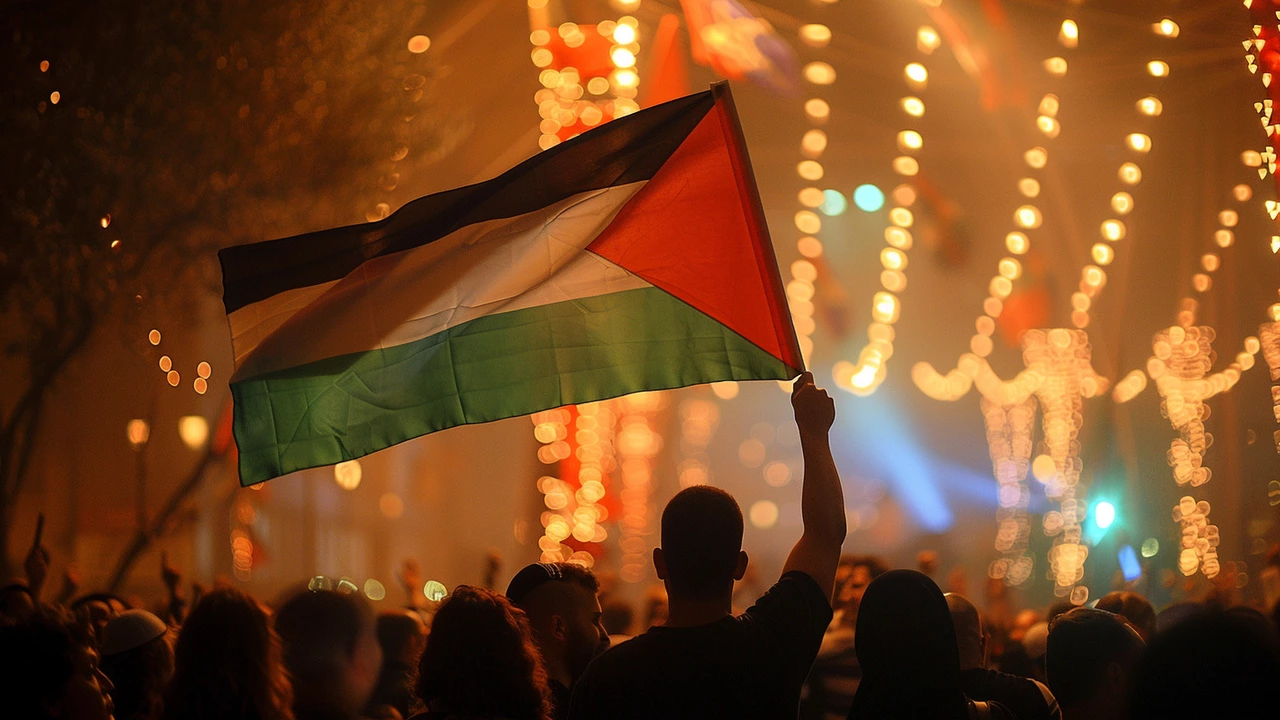Israel-Palestine Conflict: What You Need to Know Right Now
When you hear the words "Israel-Palestine conflict" you probably picture headlines about rockets, protests and peace talks. But the story is deeper than a few news flashes. Below you’ll find the basics, a quick timeline, and the latest developments – all in plain English.
Brief History in a Nutshell
The roots go back to the early 1900s when Zionist Jews began moving to what was then Ottoman‑ruled Palestine. After World War II the United Nations split the land into a Jewish and an Arab state. Israel declared independence in 1948, and neighboring Arab countries launched a war that left hundreds of thousands of Palestinians displaced – an event Palestinians call the Nakba.
Since then there have been several wars (1956, 1967, 1973) and intifadas – uprisings in the occupied territories. The 1967 Six‑Day War gave Israel control of the West Bank, Gaza Strip, East Jerusalem and the Golan Heights. Those areas remain the core flashpoints today.
Peace attempts have dotted the timeline. The Oslo Accords in the 1990s raised hopes of a two‑state solution, but settlements in the West Bank and political splits on both sides kept momentum low. Every few years a new round of talks starts, usually fizzles, and the cycle repeats.Understanding the main players helps make sense of the news. On the Israeli side you have the government, the Israel Defense Forces, and a range of political parties. On the Palestinian side, the Palestinian Authority governs parts of the West Bank while Hamas runs Gaza. Both sides have civilian groups pushing for peace, but also hard‑liners who distrust the other side.
Current Situation and What’s Next
At the moment, Gaza experiences periodic flare‑ups with rockets exchanged for Israeli air strikes. The West Bank sees frequent clashes over settlements, checkpoints and protests. Everyday life for ordinary people is shaped by curfews, limited movement and economic hardship.International actors – the United States, the European Union, the United Nations and Arab nations – keep trying to mediate. Recent proposals focus on a cease‑fire in Gaza, a freeze on new settlements, and reviving talks on borders and Jerusalem’s status.
What could happen next? Analysts point to three likely paths: (1) a renewed round of negotiations that could lead to a fragile truce, (2) an escalation that draws in regional powers, or (3) a gradual, people‑led de‑escalation as both sides tire of conflict. Watching settlement activity, humanitarian aid flow, and political changes in Israel and the Palestinian territories gives clues about which direction things are moving.
For anyone trying to stay informed, focus on reliable sources, pay attention to the human stories behind the headlines, and remember that the conflict is not just about politics – it’s about real people living under constant stress.
So, the next time you see a breaking news alert about the Israel-Palestine conflict, you’ll have a solid background to understand why it matters and what the key issues are.
Spain, Ireland, and Norway Affirm Palestinian Statehood Amid European Divisions
Spain, Ireland, and Norway have formally recognized Palestinian statehood, sparking controversy and highlighting a divided European stance on the issue. This decision aims to support peace efforts in the Israel-Palestine conflict but has drawn sharp criticism from Israel.

 Entertainment
Entertainment